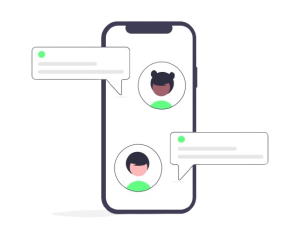
A rising tide of healthcare data threatens to obscure more than illuminate. Petabytes of disjointed records, images, sensor feeds, and genomic data swell chaotically. Crucial clinical insights drown, indistinct, amid overwhelming noise. Absent governance guardrails to highlight signals within this flood, and data’s promise to enhance care remains out of focus. So how can providers filter the meaningful needles from this massive haystack?
Swirling in an unnavigable sea of digital detritus, current healthcare data resembles a disorganized data landfill. Siloed proprietary platforms and inconsistent formats trap potentially valuable insights out of reach. Non-interoperable systems resemble a scattered jigsaw puzzle, lacking connective tissue to manifest a bigger picture. Before gleaning insights, we must tame the bedlam.
Emerging interoperability technologies like FHIR (Fast Healthcare Interoperability Resources) pave unified highways, allowing platforms, EHRs and apps to seamlessly exchange data elements through common protocols. Natural language processing (NLP) tools extract readable clarity from dense physician notes and device log streams. The future glimmers brighter for those moving from isolated data anarchy toward organized autonomy.
But even then, transforming raw data into reliable understanding requires filtering noise from false signals. Duplicate records. Bad reads. Extreme outliers. Without pruning these tangled vines, progress stalls. This is where data governance comes in – a framework of policies, practices and organizational accountability principles to manage data ethics, quality, security and accessibility across its entire lifecycle.
Like tending a flourishing garden, robust data governance nurtures vital growth while pruning invasive weeds. Successful strategies focus on:
- Metadata enhancement, adding more descriptors and labels, so context takes priority over blind content. Is that tumour tagged benign or malignant? That context shapes meaning.
- Master data management ensuring patient name, doctor, dates, and other vital identifiers stay consistent across systems.
- Explainable analytical models tailored to clinical needs, monitoring for biases while surfacing insights directly into workflows.
Get the governance right – clarifying chaos into the signal – and data benefits bloom: global medical discoveries accelerate; predictive interventions minimize risks proactively; personalized precision prevails. For now, governance remains healthcare’s great unknown – and thus its greatest opportunity to filter data’s deluge into life-saving clarity.
Further reading
What Is the Role of Data Governance in Healthcare?

